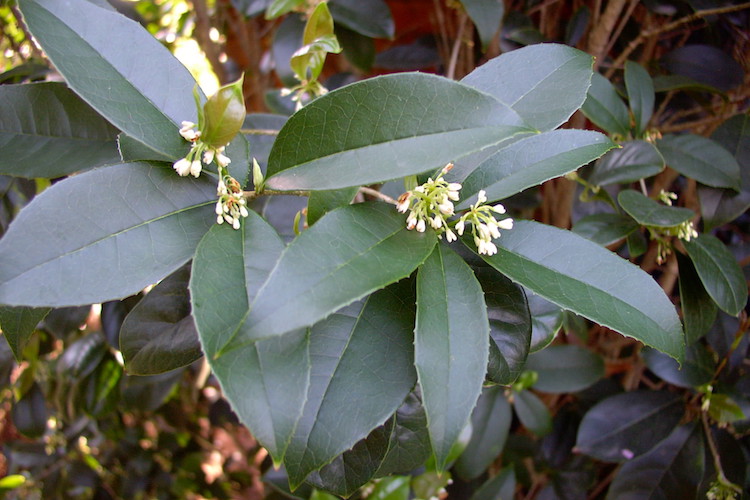Learn about our signature plants at Hills & Dales.
Below is a small sampling of the hundreds of plant species cultivated at Hills & Dales Estate. Lovingly preserved for over 175 years—and including species planted as early as the 1840s—visitors are invited to enjoy the beauty of the historic gardens.
Dwarf English Boxwood
(Buxus sempervirens ‘Suffruticosa’ )
The most notable signature plant at Hills & Dales Estate is dwarf English boxwood. Ferrell Gardens contains 2 ½ acres of formal boxwood parterres. The boxwoods are primarily dwarf English boxwood, but there are also species of American boxwood, tree boxwood, Spanish boxwood and curly leaf boxwood.

Orchid
Several times a year orchids can be found blooming in the greenhouse. The collection was started by Alice Callaway and has continued with two additional donations of orchids being made to the estate. The collection contains cattleyas, phaleonopsis, cymbidiums, vandas, brassavolas and angreacums.
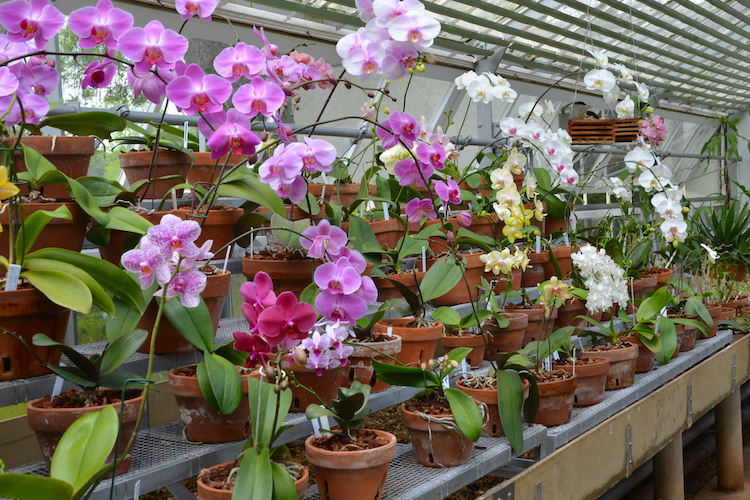
China Fir
(Cunninghamia lanceolata)
This China fir was planted in the mid-1800s by Sarah Coleman Ferrell. This majestic evergreen conifer towers over the Church Garden at Hills & Dales Estate.

Tea Plant
(Camellia sinensis)
From written documents we know that the tea plant has been grown on the estate since the 1800s, and possibly provided tea for the Callaway table. The plants still remaining in the garden are grown as a clipped hedge. The small white flowers, about one inch across, bloom during the autumn.
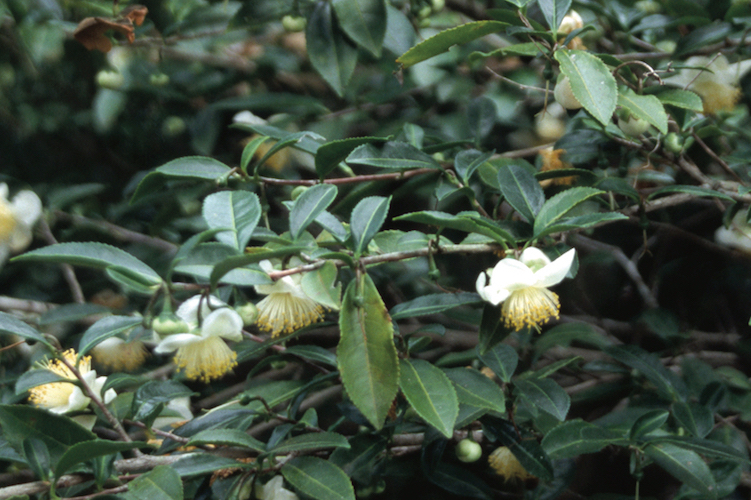
Maidenhair Fern
(Adiantum sp.)
The greenhouse was used extensively by both Ida and Alice. Alice grew plants for the garden and also had several collections of plants here, including maidenhair ferns. From 1974 to 1979, Alice listed as many as 33 different maidenhair ferns growing here and we are working from her notes to reintroduce many of those species.
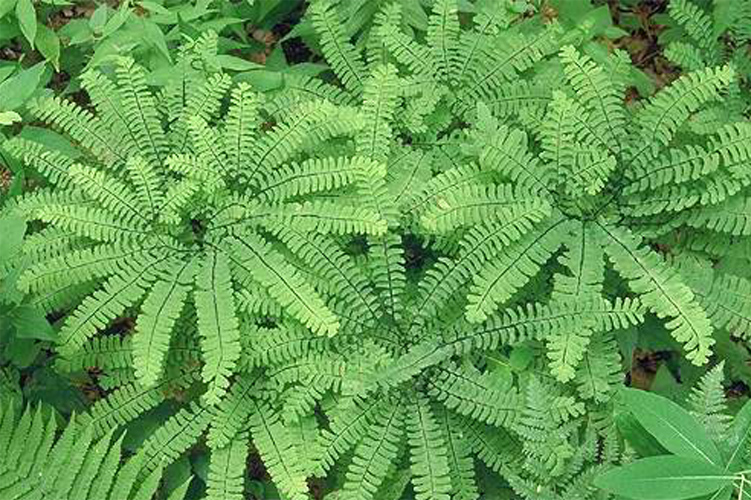
Southern Magnolia
(Magnolia grandiflora)
The native Southern Magnolia was introduced into cultivation in about 1760. A common garden feature of the mid-nineteenth century was an elaborate boxwood garden with pathways flanked by crepe myrtles, southern magnolias or red cedars. The Fifth Terrace fits this description with its entire length edged with boxwood and towering southern magnolias planted by Sarah Ferrell during the Civil War. The blooms, in mid-summer, infuse the garden with the scent so much associated with southern gardens.
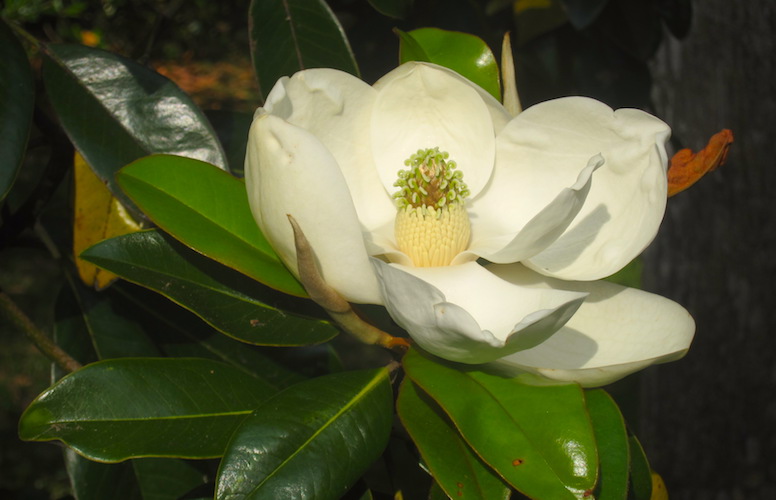
Calla Lily
(Zantedeschia aethiopica)
Hardy in this zone and well-suited for boggy areas, calla lilies have been grown in the greenhouse at Hills & Dales Estate since the early 1900s when Ida Callaway began growing them for cut flowers. Alice continued the tradition during her lifetime and we still do so today. When grown in a greenhouse, the callas bloom in winter and provide a welcome source of fresh cut flowers.
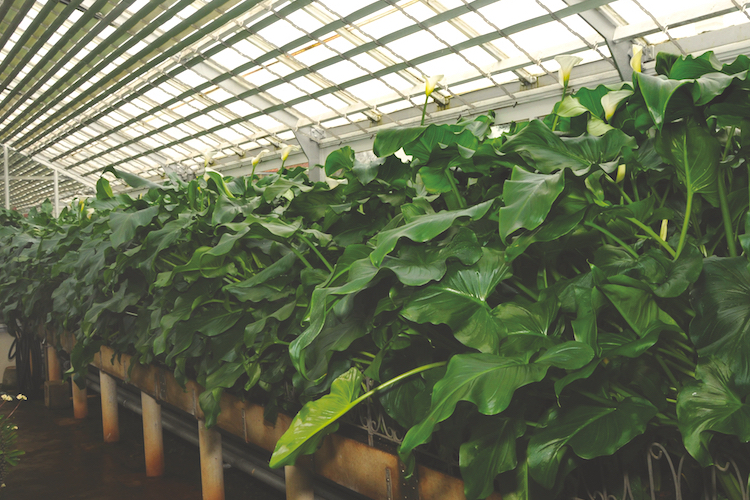
Maidenhair Tree
(Ginkgo biloba)
This ginkgo tree was planted in the mid 1800s by Sarah Coleman Ferrell. It stands majestically on the south side of the garden overlooking the ‘Cluster of Grapes’. The ginkgo sports brilliant yellow fall color. Ginkgoes are ‘dioecious’ (plants are either male or female) and only female plants bear fruit. This is important since trees may not bloom until they are 15 – 20 years old, and the female fruit produces a rancid odor when it falls and begins to decay. The magnificent tree in Ferrell Gardens is male, but there is a younger female tree on the front lawn which can be experienced by those who visit in the summer.
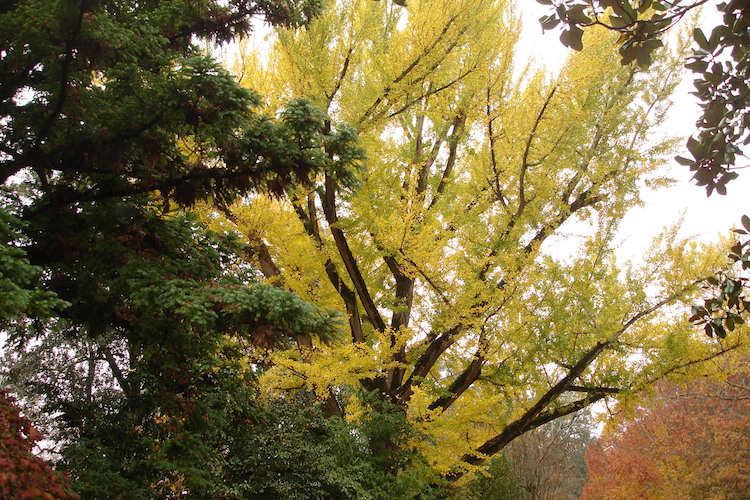
Camellia
(Camellia japonica)
Camellias were introduced to America in 1740 and by 1833 there were 50 varieties available in the trade. It is likely that Sarah Ferrell grew this increasingly popular plant in her garden. While many of the camellias planted by Ida Callaway were lost in a freeze in 1985, we still have 23 different species of Camellia japonica in the garden.
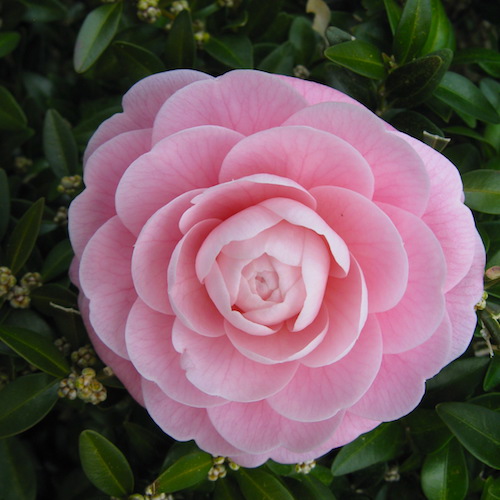
Banana Shrub
(Michelia figo)
Native to China, banana shrub was introduced to America in 1789 and eventually became a southern garden classic. It is a very close relative of magnolia, and the resemblance can be seen in its small blooms. Grown by all three women that gardened here, Sarah Ferrell, Ida Callaway and Alice Callaway, its presence continues to scent the air nearby with a delicious aroma akin to ripe bananas on warm spring afternoons.
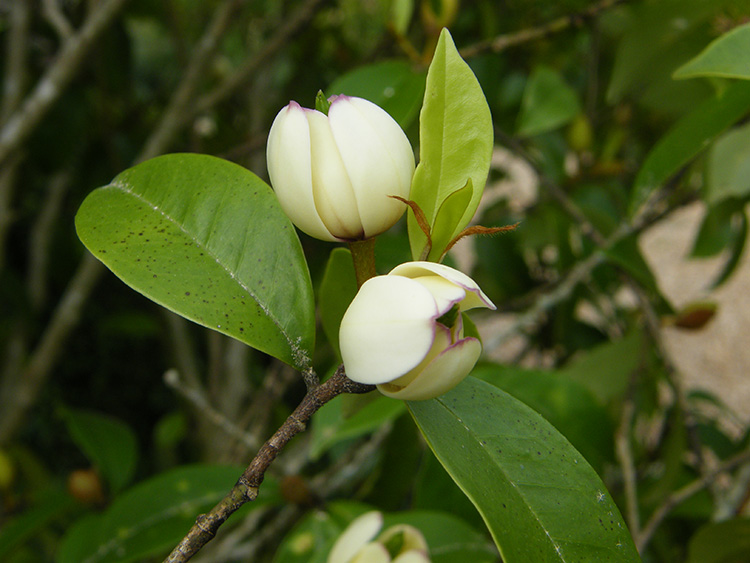
Saucer Magnolia
(Magnolia x soulangeana ‘Lennei’)
Introduced to America in 1854, this one species is representative of the 26 different deciduous magnolias that were added by Alice Callaway during her lifetime. There are still 10 different species in the gardens and many bloom in early February for the first burst of color each year.
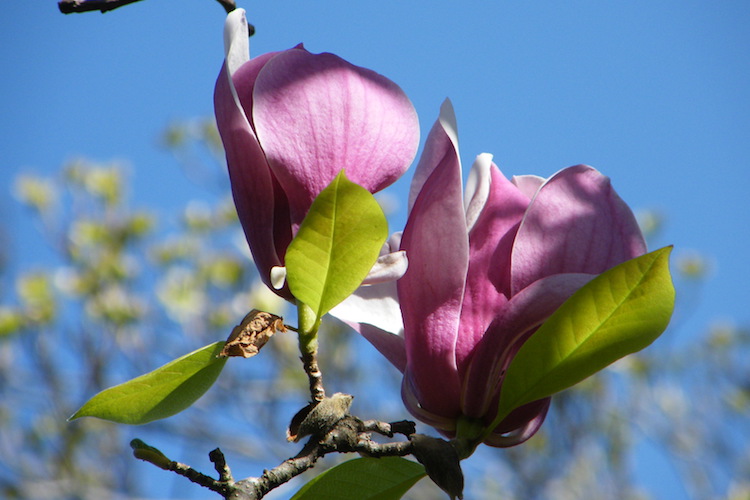
Tea Olive or Sweet Olive
(Osmanthus fragrans)
The sweet olive was introduced to America in 1856. The garden is perfumed with the wonderful fragrance of the sweet olive in late winter and early spring, when the small creamy white blooms appear in the dense evergreen foliage.
